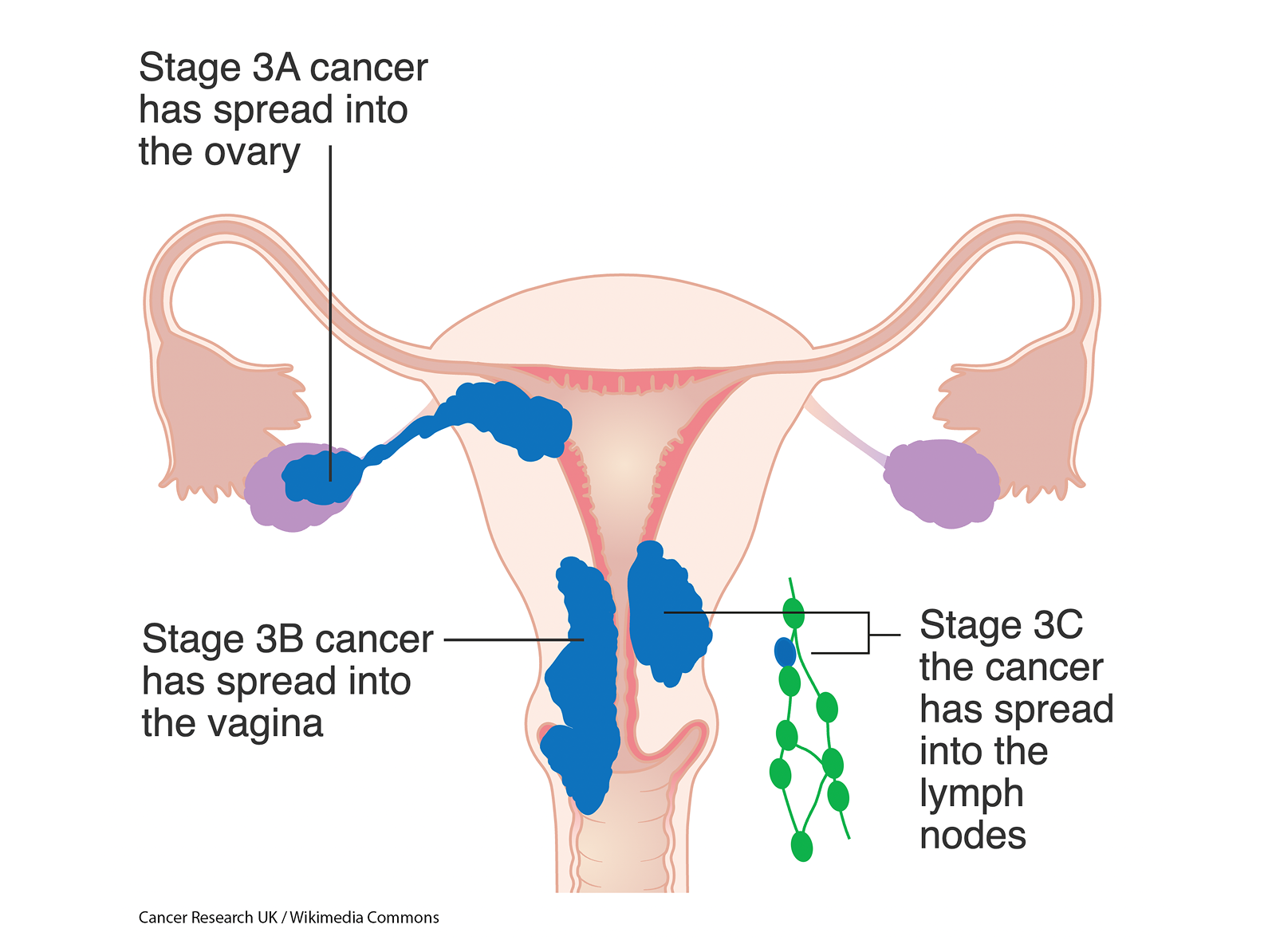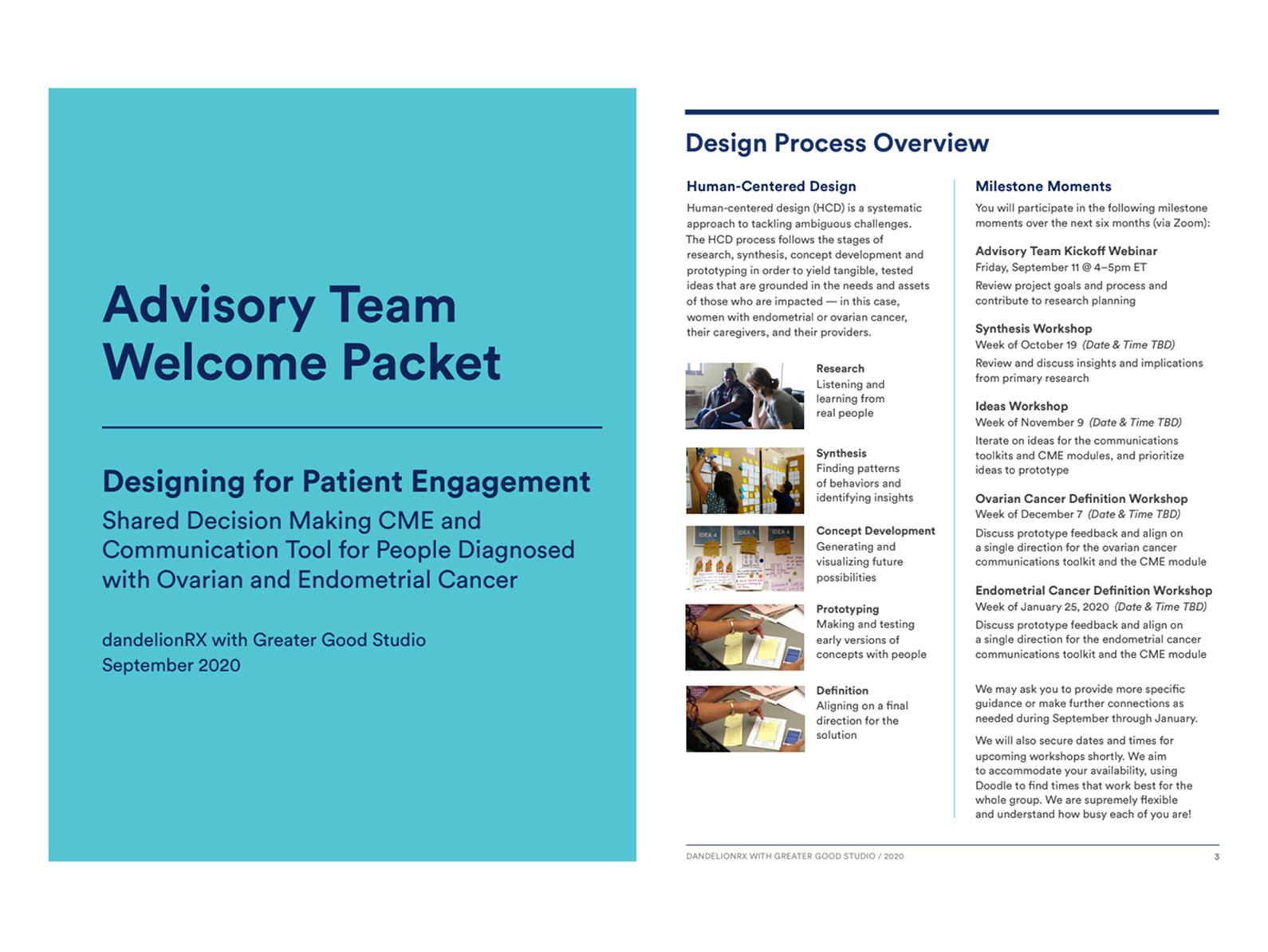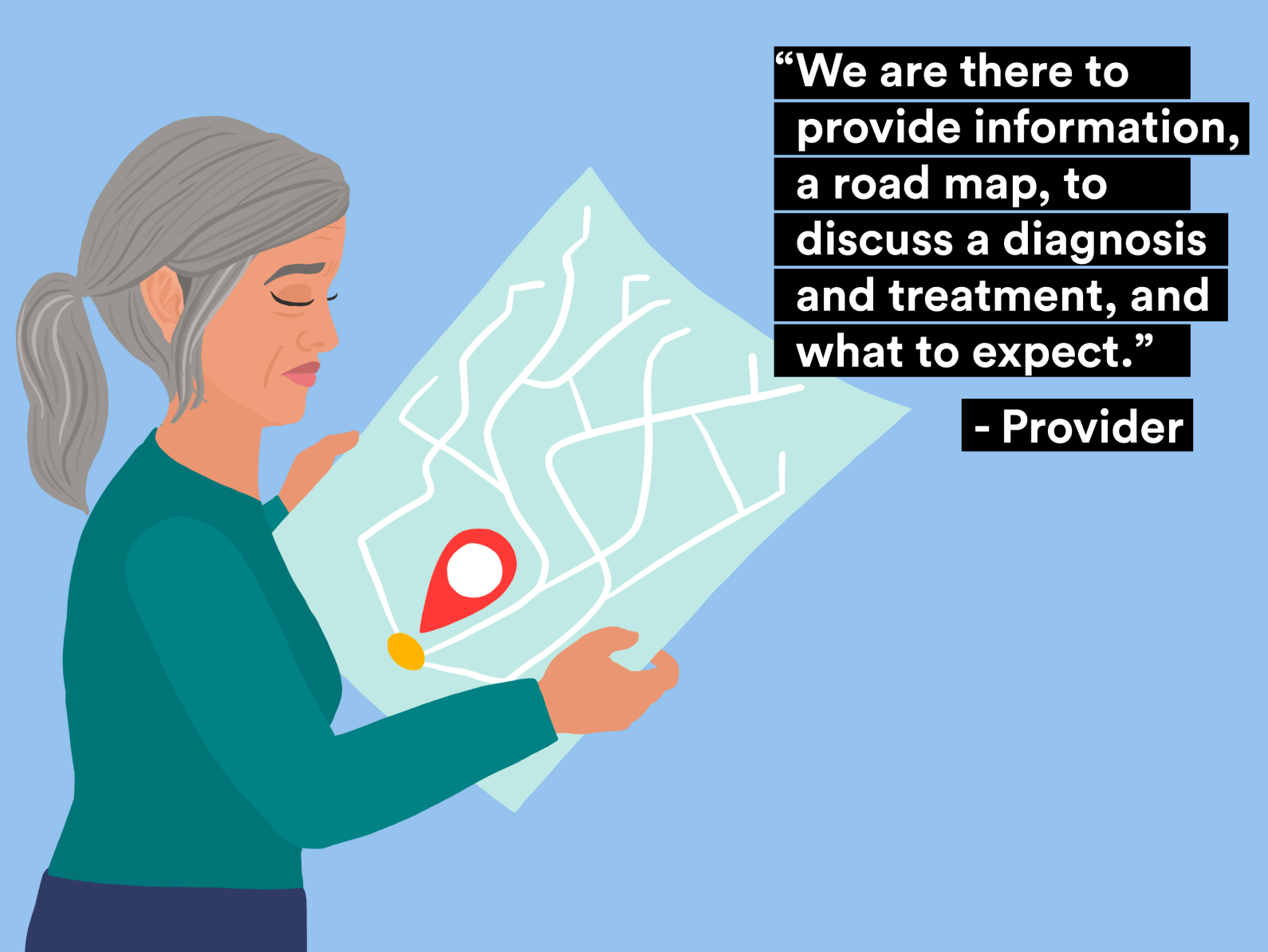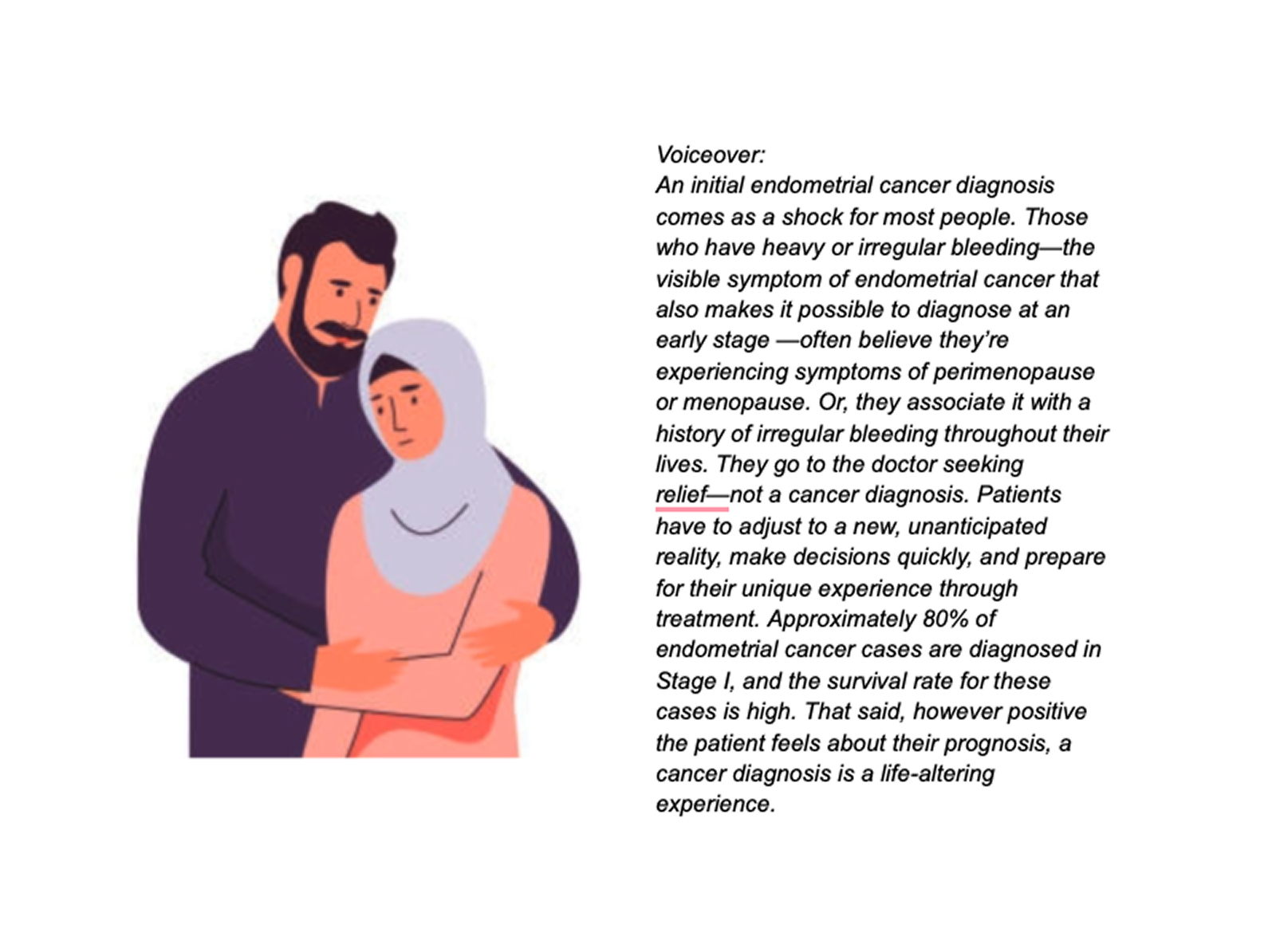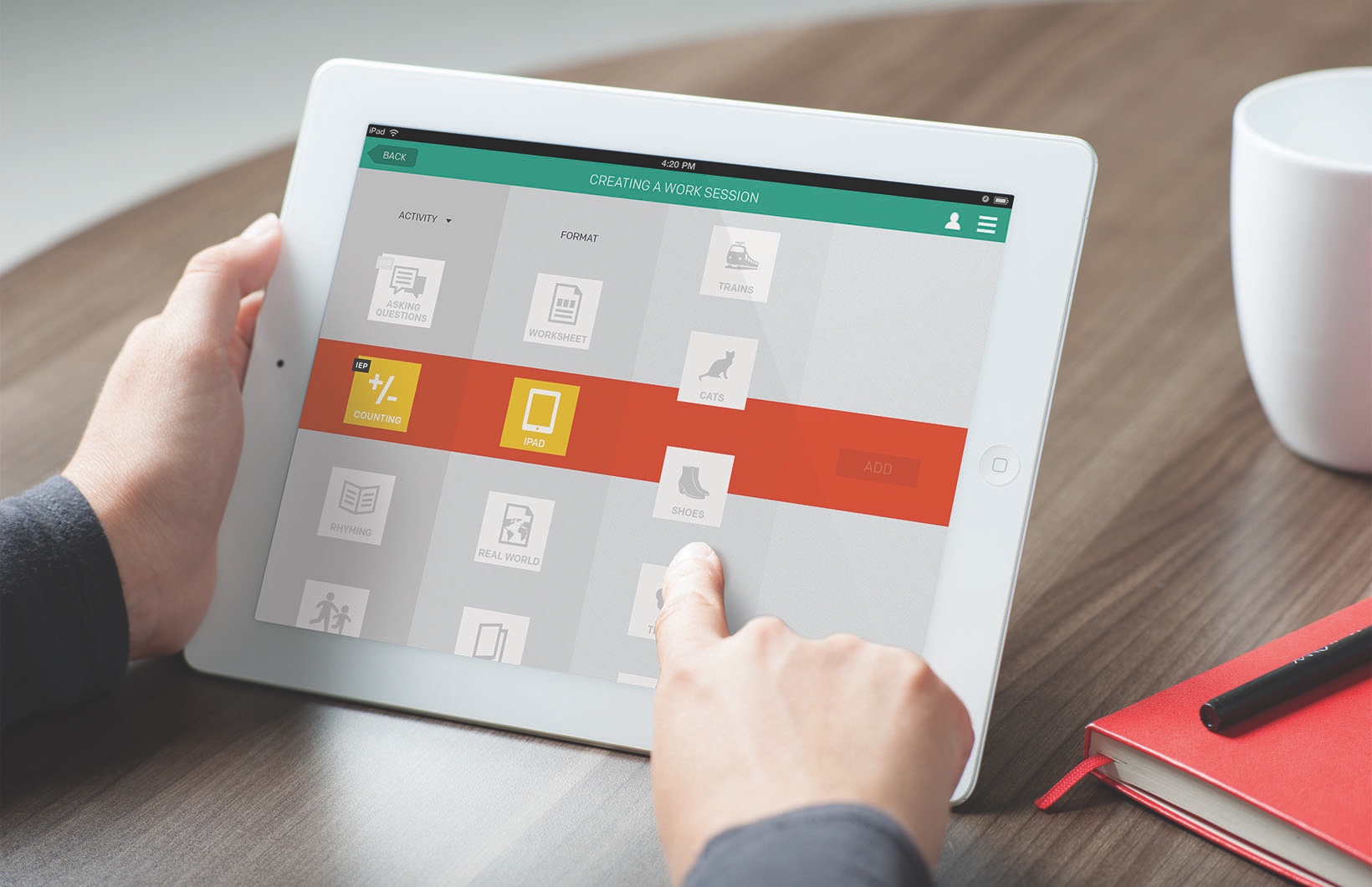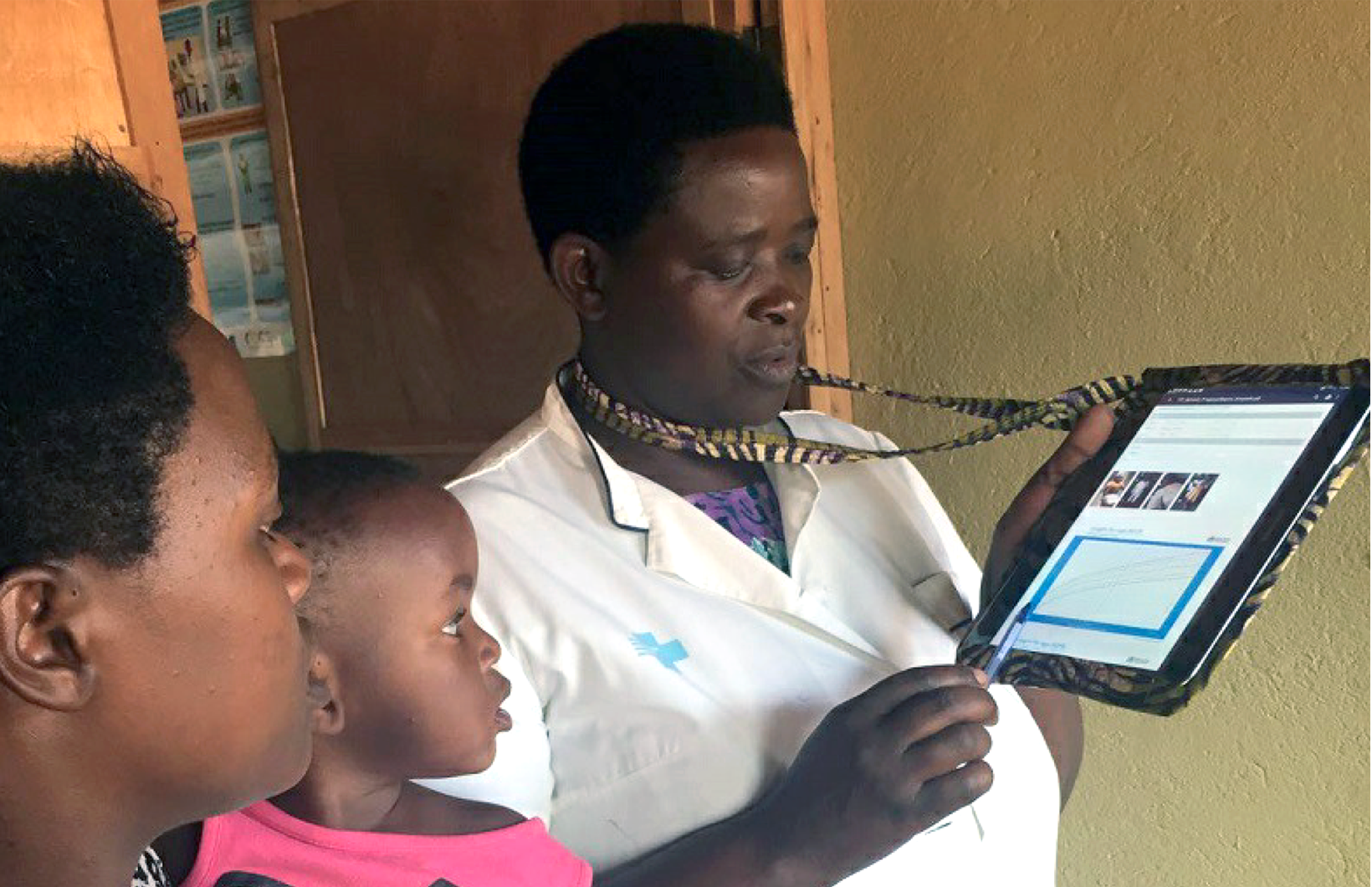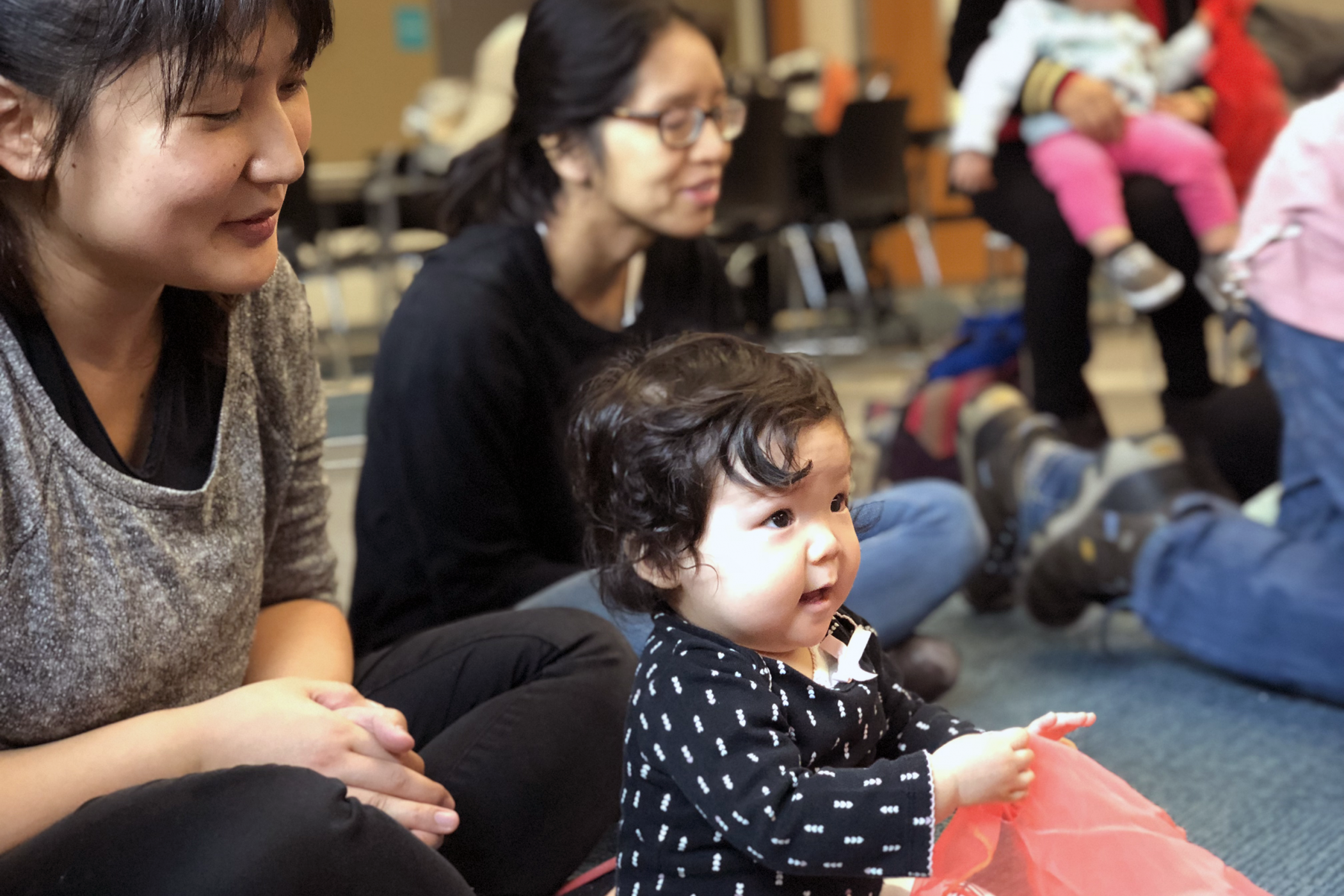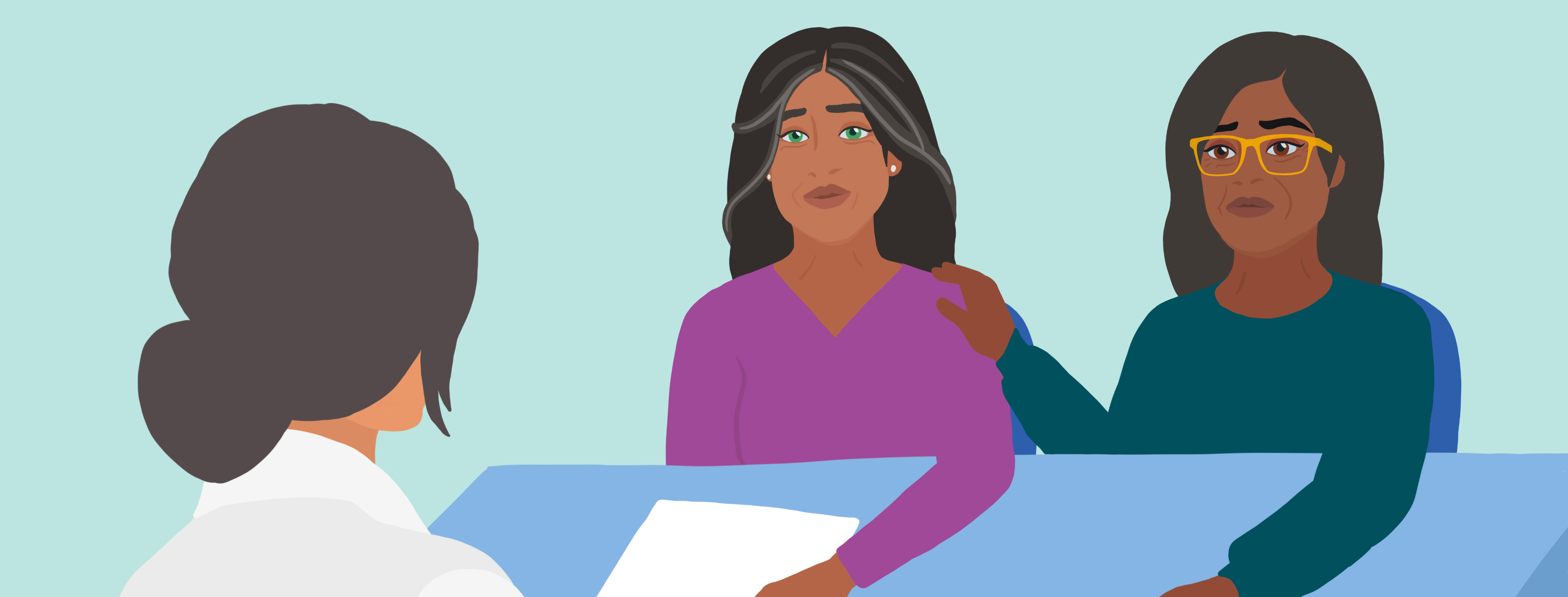
Helping patients and healthcare teams communicate better, DandelionRx envisions a world where people with cancer can make sense of their diagnosis, treatment plans, and support options so they can live well.
TOPIC AREAS
Health
PROJECT TYPES
Digital & Physical Tools
Visual Identity
Every year, almost 90,000 people in the US are diagnosed with gynecologic cancers. The diagnosis moment is often traumatic, and very few aspects of the experience center the patient or their caregivers. Providers are also not given the tools to meet patients where they are in meaningful and empathetic ways. Individuals have to make important decisions and prepare for their treatment, all while adjusting to a totally new reality, in a system that’s difficult to navigate.
DandelionRx is a nonprofit that has created positive impact using a visual metaphor – a dandelion – to communicate effectively with patients about breast cancer. Now, they wanted to build upon that success and expand into ovarian and endometrial cancers. Our team worked with dandelionRx to design and produce patient-facing toolkits, provider-facing guides, video education modules, and a website for supporting patients to better engage with their care.
All illustrations by Shirien Damra, an illustrator + designer committed to using creativity as a tool to uplift social justice campaigns and initiatives.
Project Outputs

Patients need providers to communicate that they deserve the very best care. We designed a modular “toolkit” that affirms this for the patient. The materials are meant to be used both during and after diagnosis conversations, and the kit includes interactive handouts, patient and caregiver journals, resource sheets, and a folder to keep it all together. Read our research summary that informed the design of these tools here.
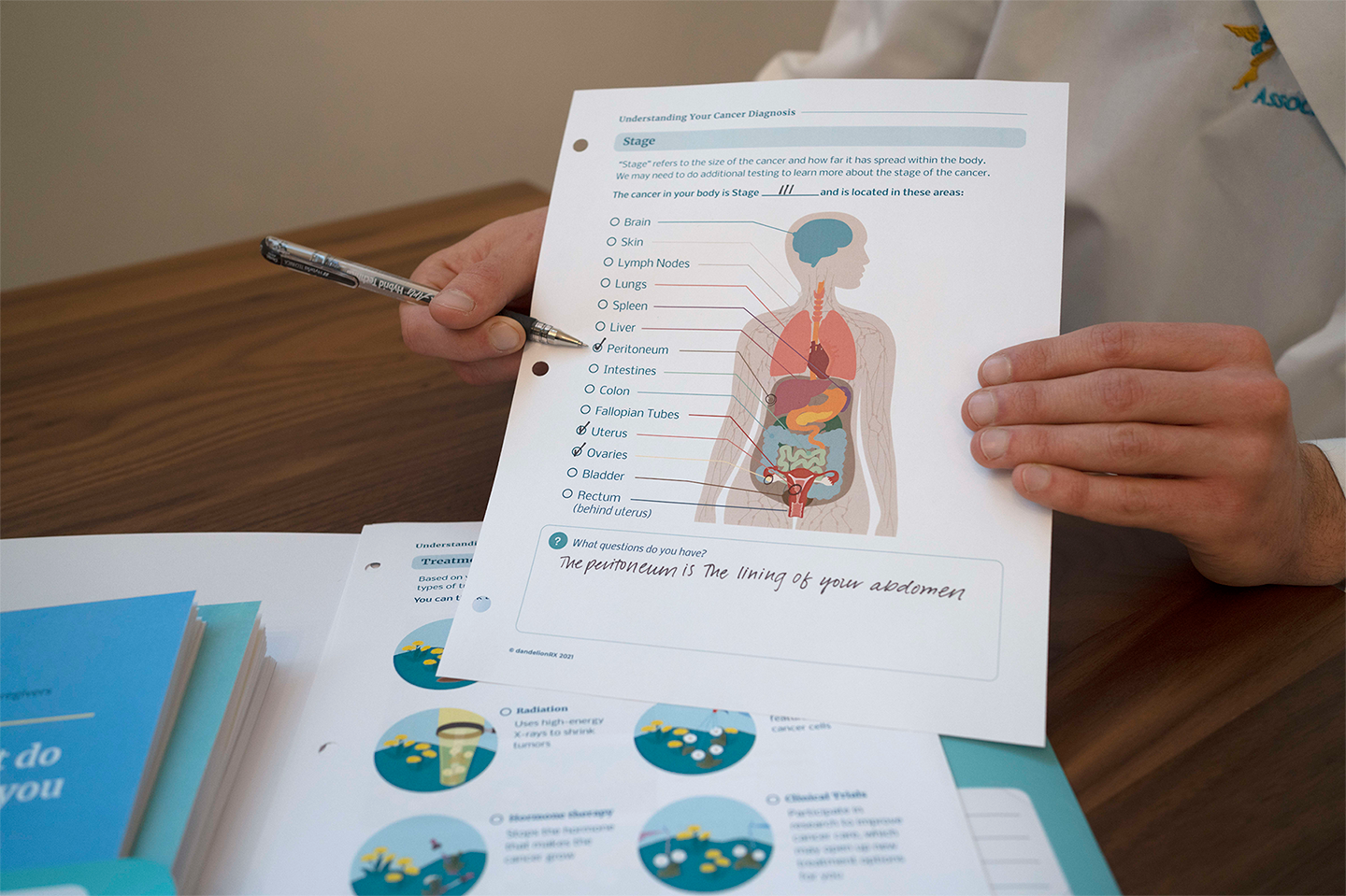
Patients need providers to reassure them that they are the priority by creating enough time and space for the patient to feel heard. We designed visual handouts which support providers in creating that time and space, and enable them to assess what the patient understands.

There’s so much information shared during a diagnosis, it’s overwhelming. These materials help people pay attention to what they really need to focus on.
Ovarian Cancer Patient
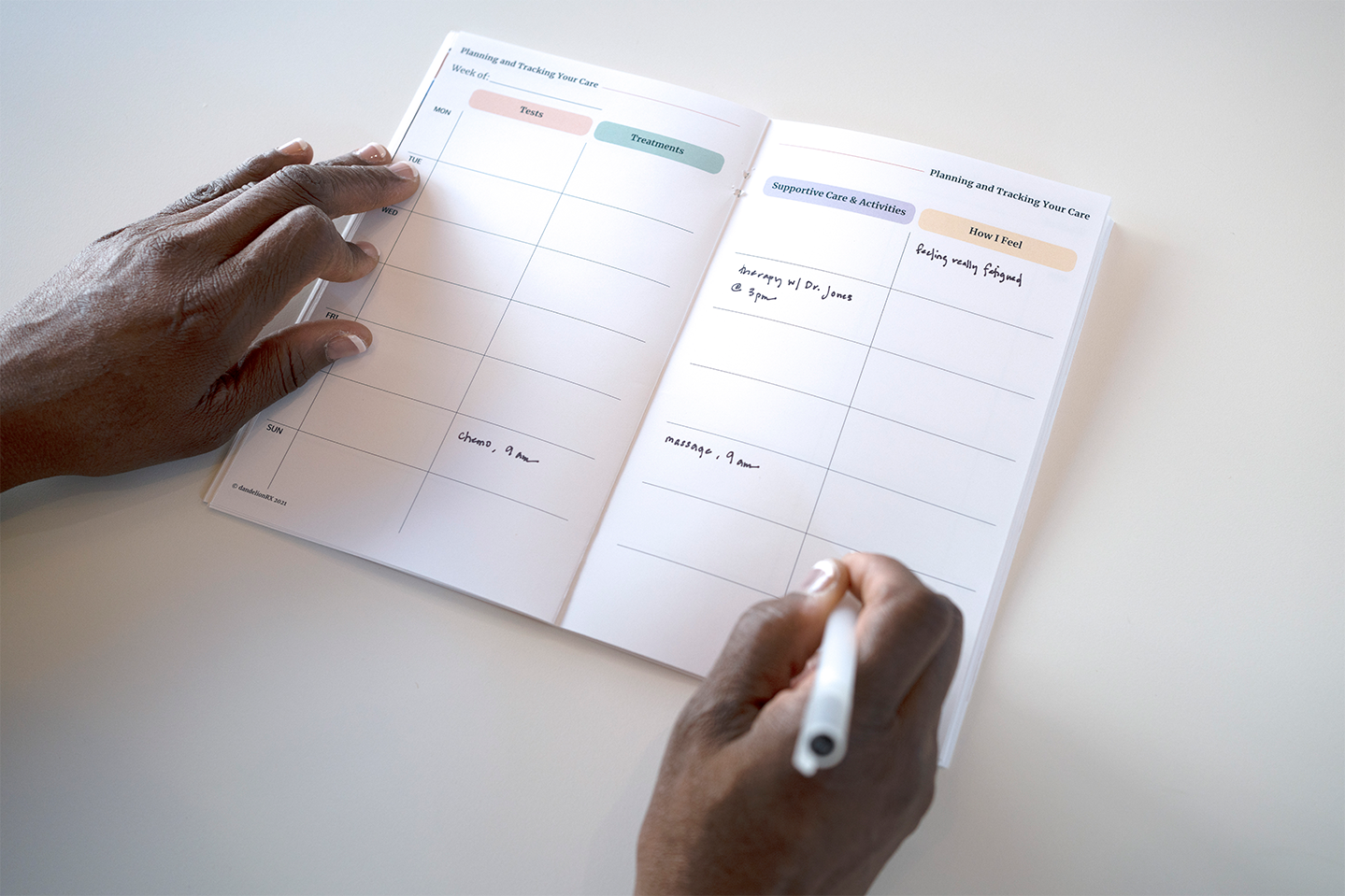
Patients understand that their doctor can’t see into the future, but they do want to understand what might lie ahead, because it gives them a sense of control in an uncertain situation. The toolkit includes patient and caregiver journals and calendars to track important information, reflections, and questions throughout their treatment.
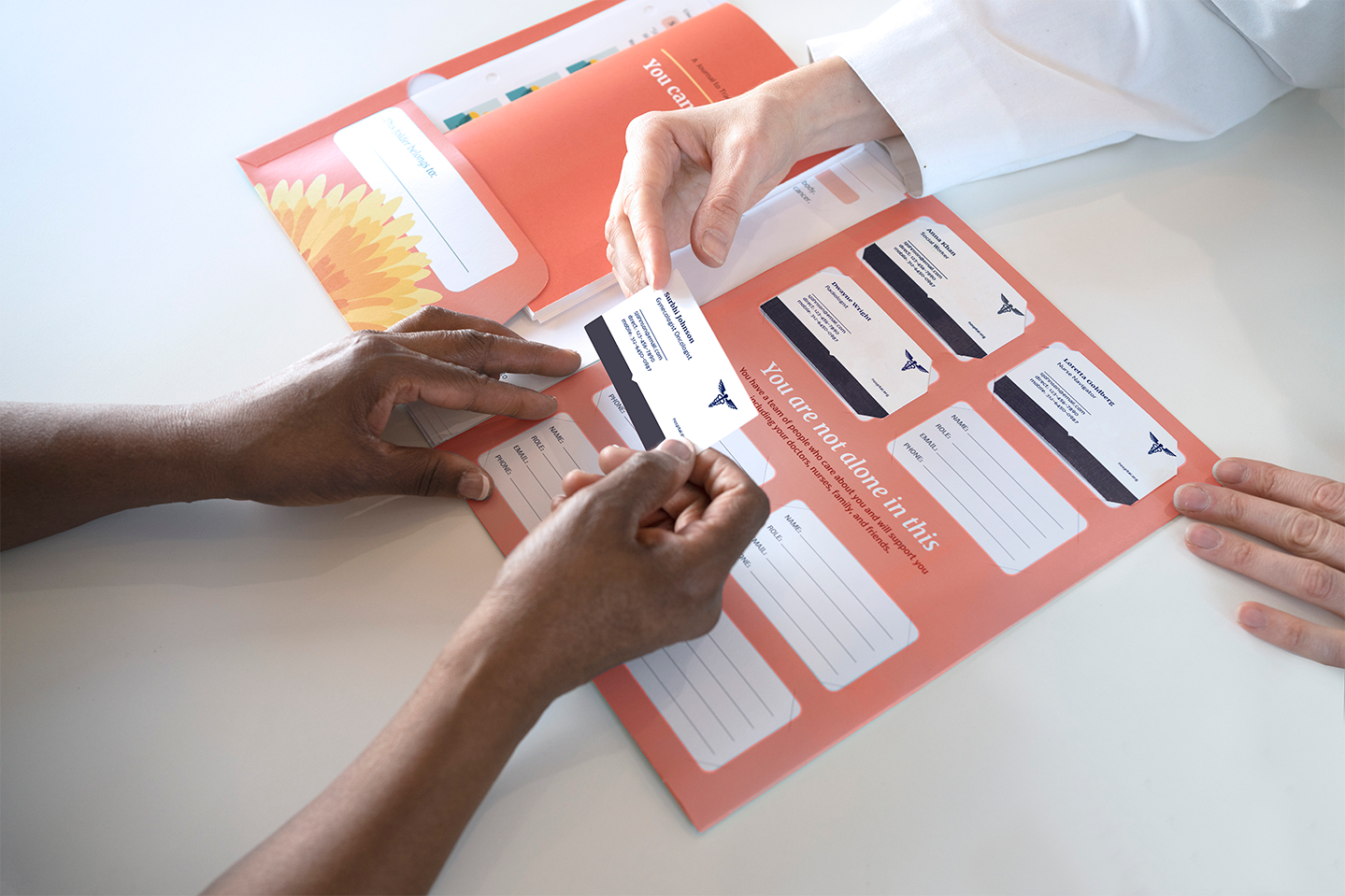
Additional resource sheets give patients information about their care team and other available supports.

If I had received these materials when I was first diagnosed, I wouldn’t have had to Google so much.
Ovarian Cancer Patient
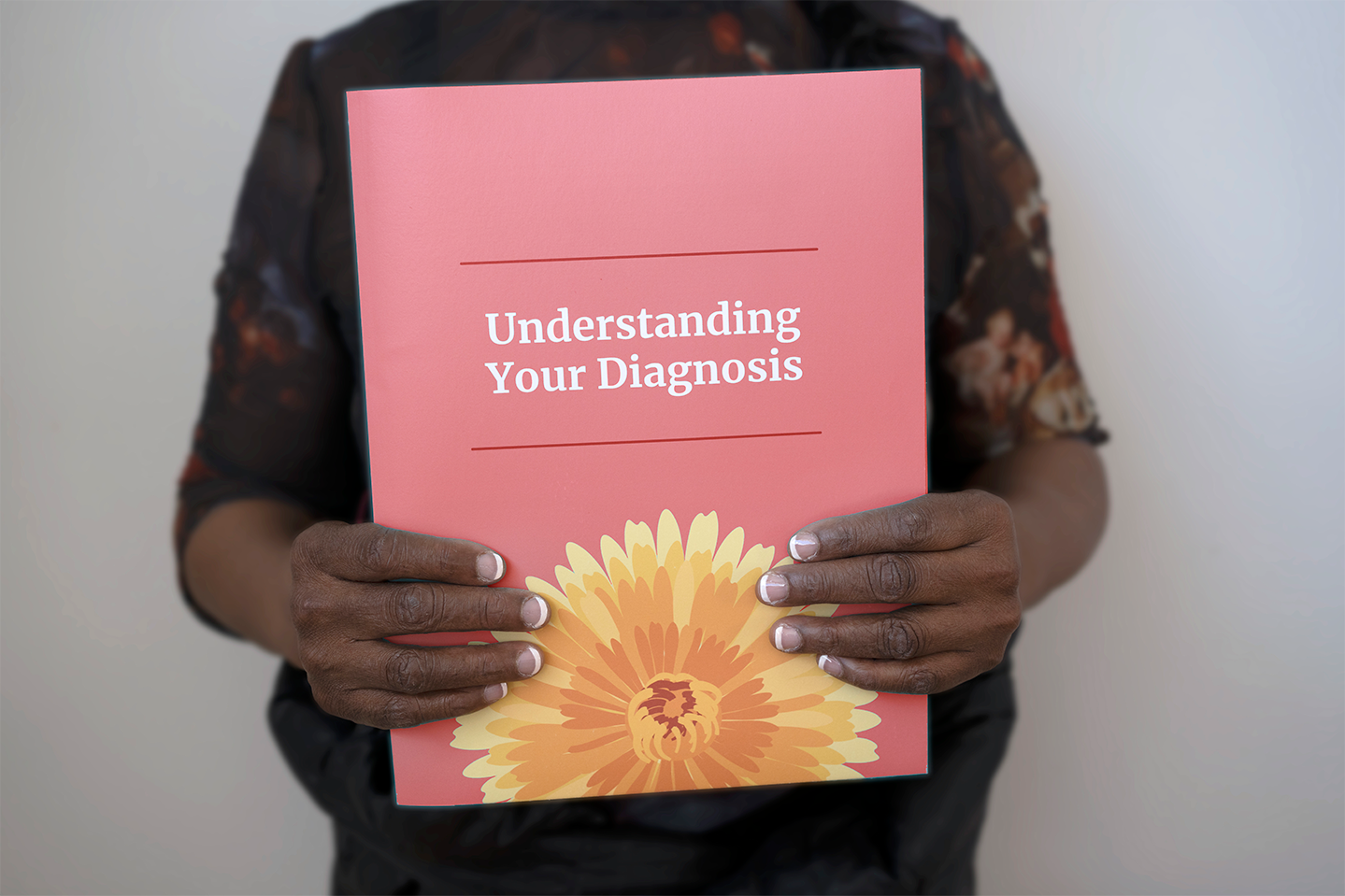
A folder holds all of the toolkit materials together so that people can walk out of their diagnosis appointment with a cohesive resource to review later.
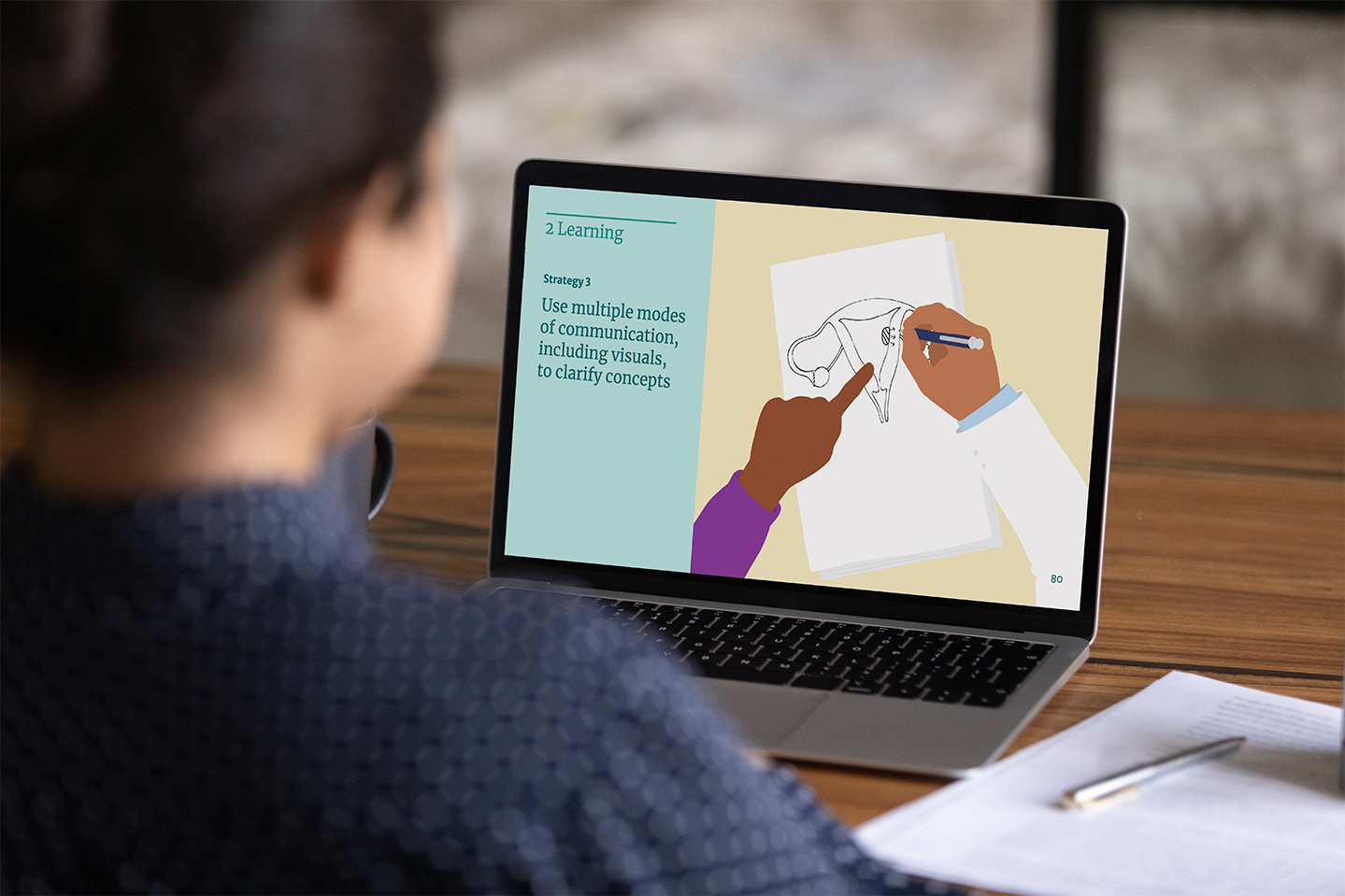
We wrote, illustrated, and recorded two accredited, 1.0-credit hour CME (Continuing Medical Education) modules focusing on communication during diagnosis conversations. These were designed intentionally to be more dynamic than a typical CME (which is often a professor narrating PowerPoint slides). We used patient quotes, visual storytelling, different voice actors, and diverse characters to engage providers in deeper understanding around the ways that diagnosis communications can be both harmful and helpful. Watch an excerpt here.

This module explores topics that are cornerstones to good provider-patient communication: establishing trust, enabling learning, and encouraging patient empowerment. I love that it provides easy-to-implement communication strategies and lets providers consider how to integrate them into their own approach.
Sharyn N. Lewin
Finally, we designed and built a website for DandelionRX where providers and patient advocates can learn about the tools and the CME modules.
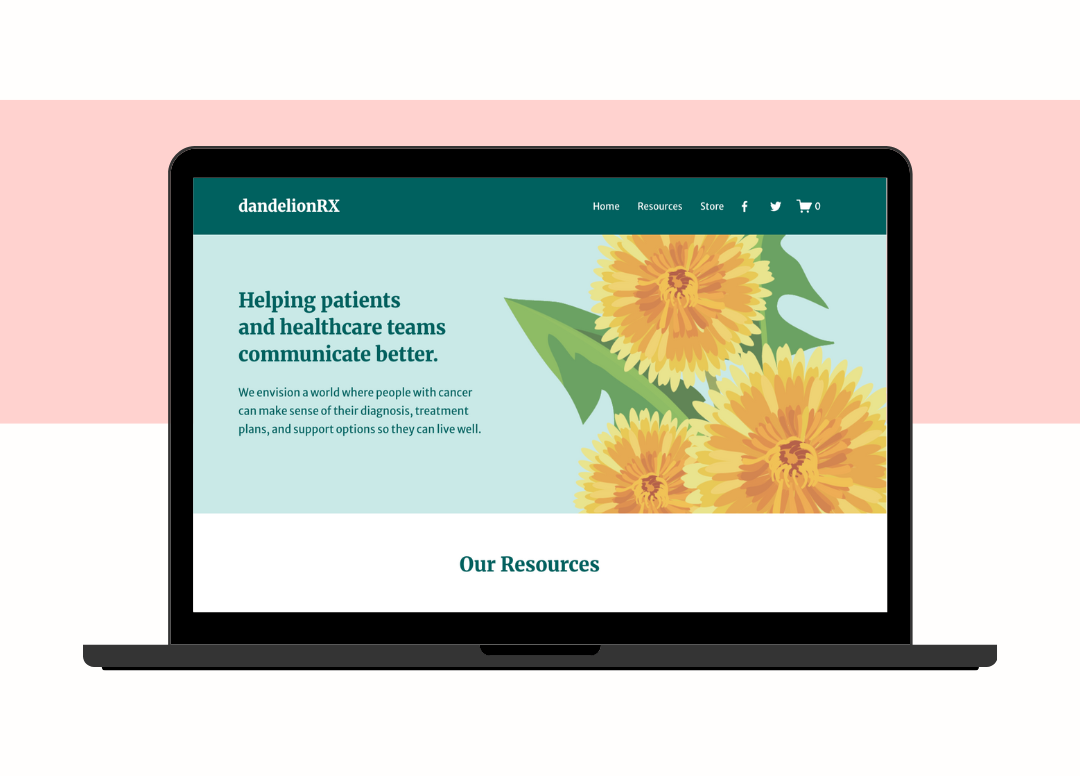
Client & Community Outcomes
Cancer diagnosis and treatment can feel like a waking nightmare. The tools and training we designed are intended to take a moment that is highly traumatic, and mitigate some of the aspects which can be controlled. For patients, the tools help them to build a body of knowledge about themselves, and enable them to become stronger advocates for themselves. For providers, the system of components supports them to both use patient-friendly communication tools, and to undergo a philosophical mindset shift that the moment of diagnosis should be about building trust, taking the patient’s lead, and only sharing as much information as they are ready for.
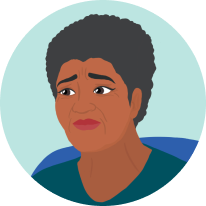
It shows me that I’m not alone.
Ovarian Cancer Patient
Team & Studio Impact
This project was challenging for our team because it took place during a time when COVID-19 was still new. We needed to run the project in a fully remote environment, including all-virtual team meetings, user research, and client workshops. One particularly intense moment was conducting a socially-distant photo shoot, with minimal participants, advance testing, hand sanitizer and masks.
As designers, we also had to consider the long-term impacts that COVID might have on the overall healthcare experience we were designing for. While we ultimately created paper-based toolkits for patients, based on guidance from advisors, we also considered digital versions of all tools. Our bottom-line need was to design tools that could adapt to different circumstances, while also staying flexible to emerging client and project needs.

It’s been an absolute joy to work with the team. I can’t think of another project where I have experienced such professionalism and open-mindedness, trust and respect.
Katherine Crawford-Gray
